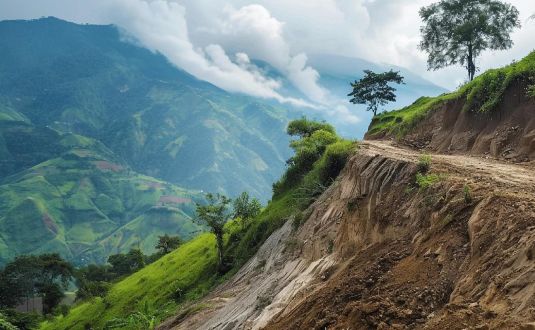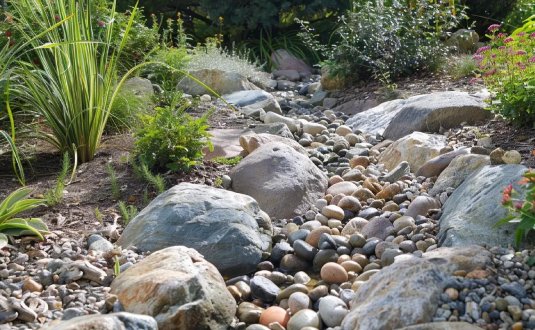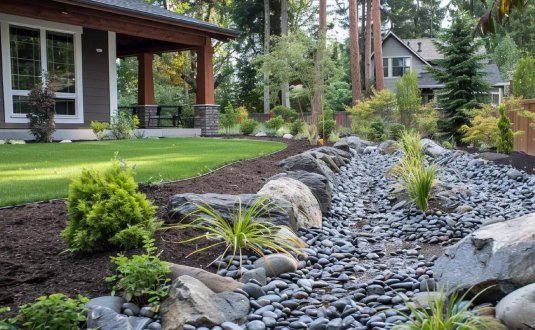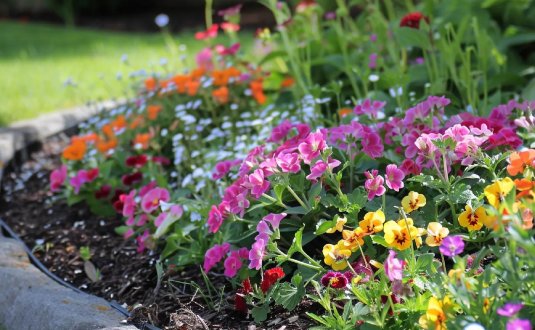Providing Best Services in Huntsville, AL
Providing Best Landscaping Services in Huntsville, AL


.webp)
Best Practices to Prevent Soil Erosion on Steep Slopes
The best practices to prevent soil erosion on steep slopes include using vegetation to anchor the soil, such as grasses, shrubs, or ground cover plants with strong root systems. Installing erosion control mats or geotextiles adds stability by holding soil in place during heavy rain. Terracing or creating small retaining walls helps slow water flow and reduce runoff speed. Mulch, gravel, and proper drainage channels also support long-term slope protection and minimize erosion.

.webp)
Landscape Grading and Drainage Costs
Landscape grading and drainage projects cost between $1,000 and $6,400 for most homes. The price depends on your yard size, slope, and what drainage system you need. Fixing a small problem near your foundation might cost $500, while leveling an entire yard with full drainage can reach $15,000.

.webp)
How Do Landscapers Keep Mosquitoes Away?
Landscapers keep mosquitoes away by getting rid of standing water, picking plants that bugs don't like, fixing drainage problems, keeping yards clean, and using professional spray treatments. They also make sure air can flow through your yard, which makes it hard for mosquitoes to stick around.

.webp)
French Drains or Dry Creek Beds: Which One Is Right ?
Both French drains and dry creek beds work great to move water away from your home. French drains work underground to catch hidden water. Dry creek beds sit on top of the ground and look like a pretty stream. The best choice depends on where your water problem is and what you want your yard to look like.

.webp)
Does A Flower Bed Need Edging?
No, flower beds do not require edging to grow plants, but edging prevents grass invasion, reduces maintenance time, and creates visual definition between lawn and garden spaces. Grass roots spread through underground rhizomes and above-ground stolons. Without barriers, grass steals nutrients and water from flowers.
Want to Transform Your Landscape?
We’re ready to work with you — whether you're looking for a complete transformation or a simple enhancement. Our team is here to help every step of the way.


Your Next Idea Awaits
Stay inspired with our latest landscaping tips and trends.
.webp)
.webp)

.webp)
.webp)
.webp)
.webp)







.webp)
.webp)





